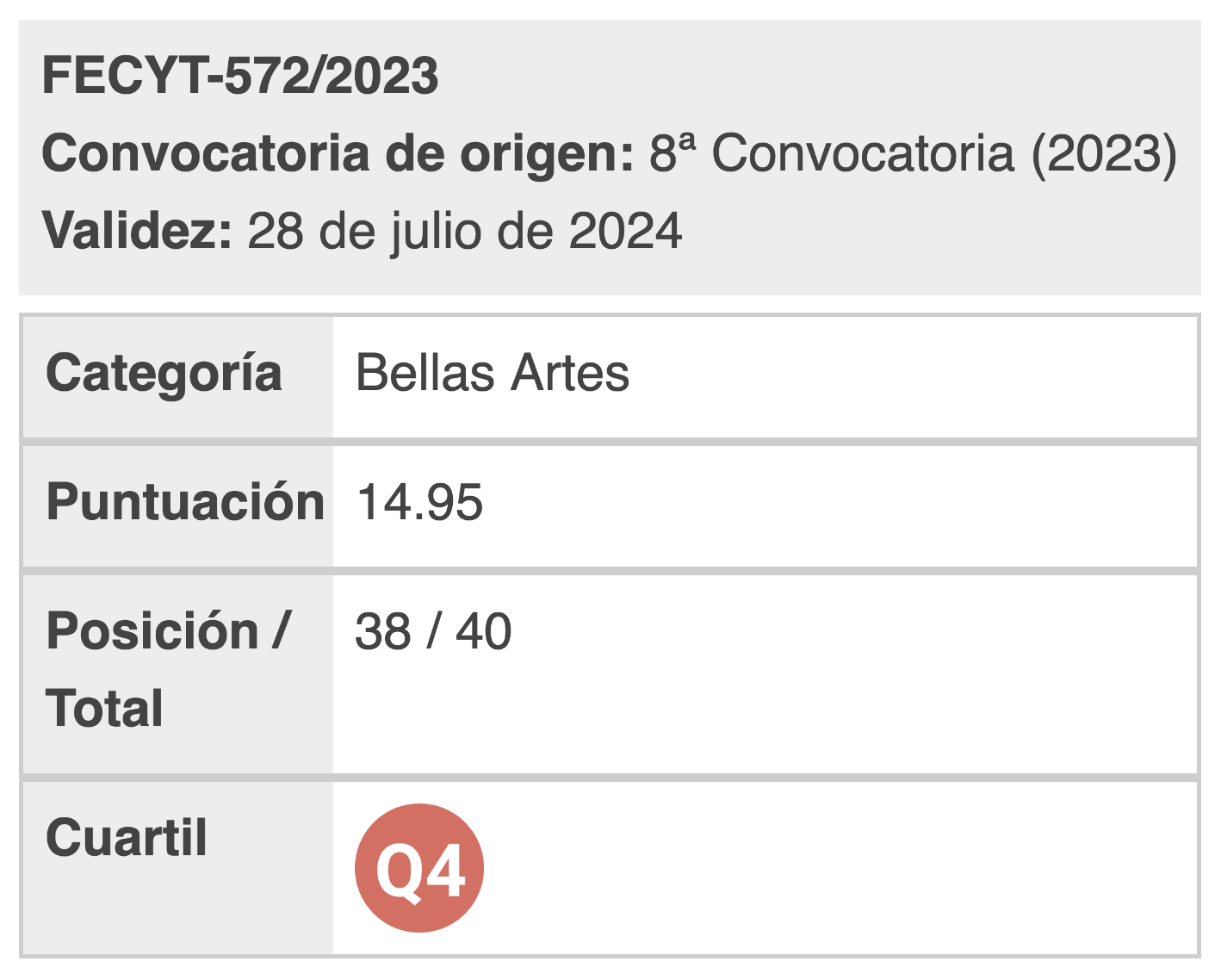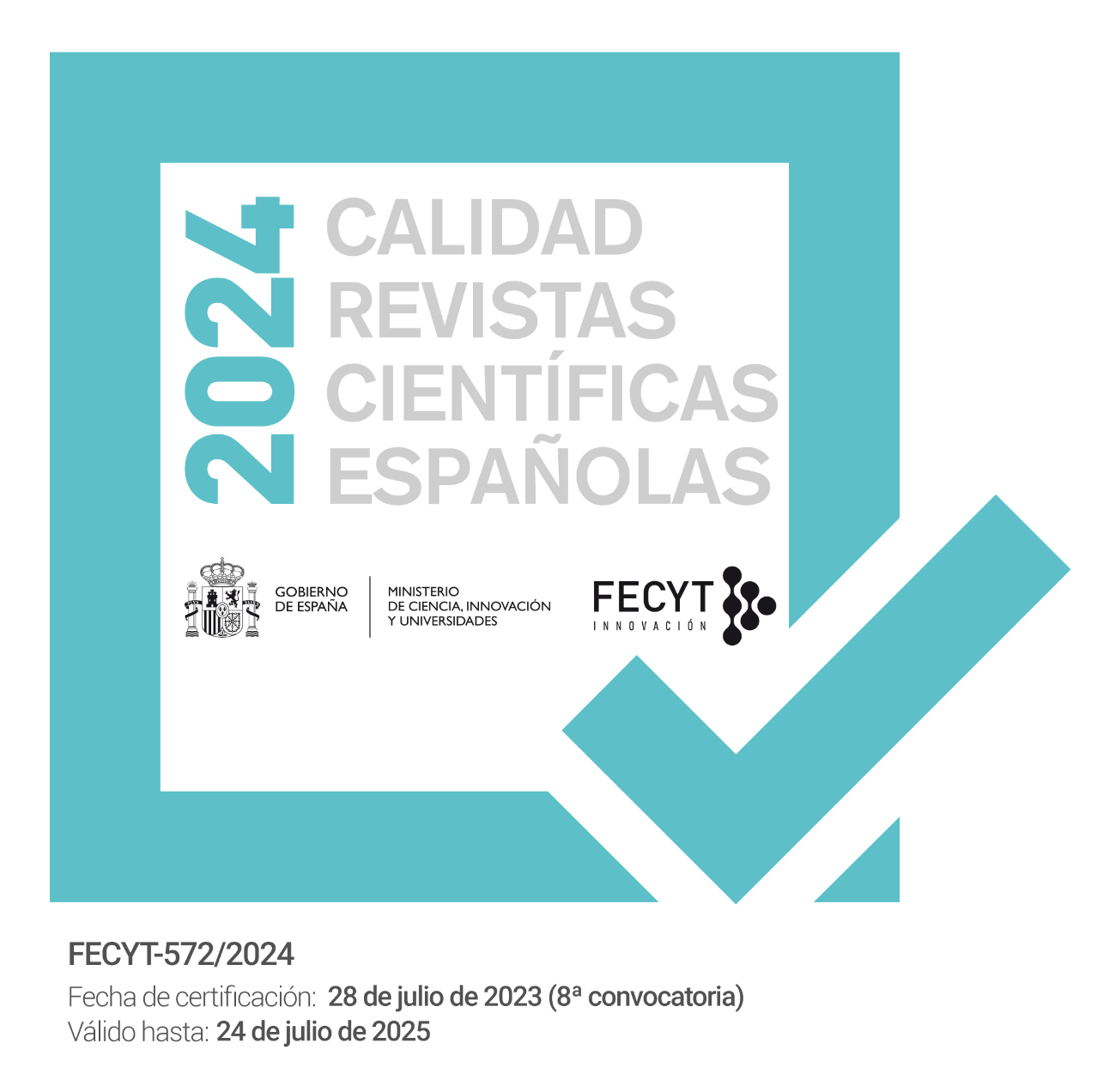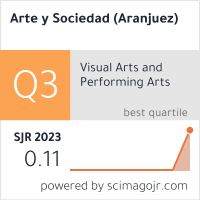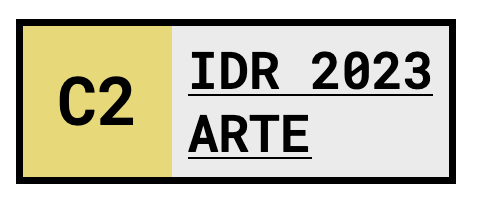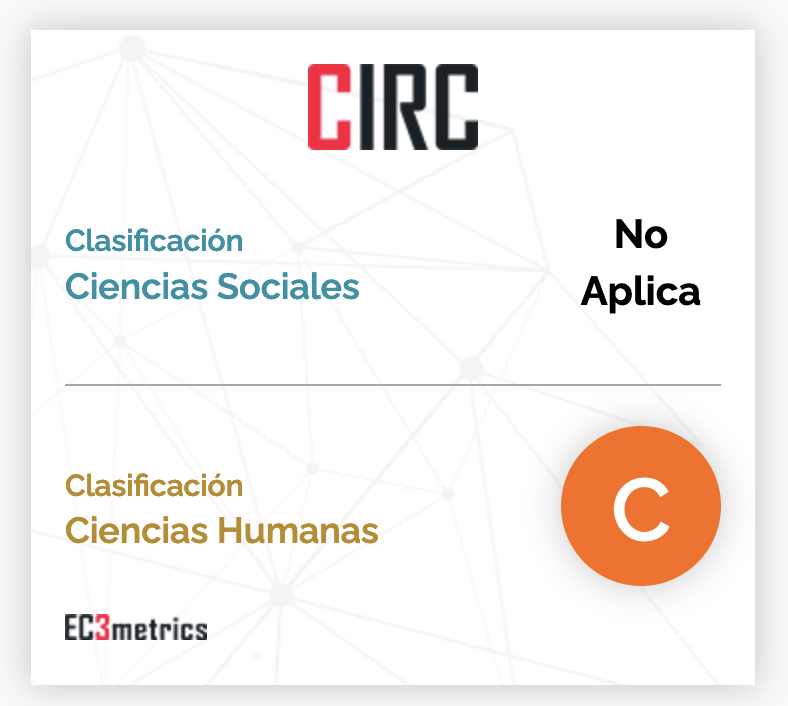The narration of the Video Game in the labyrinth of the Mise en Abyme"
DOI:
https://doi.org/10.5281/zenodo.7655171Keywords:
videogame, hypertex, mise en abyme, characters, narrative labyrinthAbstract
Video games incorporate into traditional storytelling the ability to tell stories through actions carried out by player characters. This is only possible because video game narration has taken new expressive paths along which to make its stories travel: as opposed to the linearity of paths traced in a single direction, typical of classic exercises, the labyrinth of paths in multiple directions specific to the video game, and whose interpretation is finally carried out by the player-character, only after an intricate exercise of "mise en abyme".
References
Aarseth, E. (1997). Cybertext: perspectives on ergodic literature. John Hopkins University Press
Aston, J., Gaudenzi, S., Rose, M (Ed.) (2017). I-docs. The envolving practices of interative documentary, London & New York, Wall flowers Press.
Bal, M. (1990). Teoría de la Narrativa. Cátedra
Bauman, Z. (2006). Tiempos líquidos. Tusquets Editores
Bogost, I. (2007). Persuasive Games, Cambridge, Londres, MIT Press
Cabañes, E. (2012). Del juego simbólico al videojuego: la evolución de los espacios de producción símbólica. Videojuegos y juventud, nº 99. INJUVE, Revista de Estudios de Juventud
Chatman, S. (1990.) Historia y Discurso. La estructura narrativa en la novela y el cine. Taurus Humanidades
Crawford, Ch. (2002). The art of computer game desing. Osborne McGraw-Hill (2ª ed)
Darley, A. (2000). Cultura visual y cultura visual digital. Espectáculo y nuevos géneros en los medios de comunicación, Paidós.
Gadamer, H. (1996). Verdad y método. Fundamentos de una hermenéutica filosófica. Sígueme Ediciones.
Jenkins, H. (2004). Game design as Narrative Architecture, (CL). MIT Press
Lacan, J. (1975). Entrevista en la Universidad de Yale. Scilicet (6/7)
Marcos Molano, M., Romero Chamorro, S.F., Santorum, M. (2019). El Storyworld en la narrativa de los juegos documentales interactivos: el caso de Fort McMoney. Icono 14, 17 (1), 39-59. DOI: 10.7195/ri14.v17i1.1246 Monográfico.
Ryan, M. L. (2006). Computer Games as Narrative: The Ludology versus Narrativism Controversy, Electronic Mediations Series, vol.17, University of Minnesota Press
Ryan, M. L. Thon, J.N., (2014). Storyworlds across media. Toward media-consciuos narratology. Lincoln & London

Published
How to Cite
Issue
Section
License

This work is licensed under a Creative Commons Attribution 4.0 International License.
You are free to:
Share — copy and redistribute the material in any medium or format.
Adapt — remix, transform, and build on the material for any purpose, including commercial.
Attribution — You must properly acknowledge the authorship, provide a link to the license, and indicate if any changes have been made.
You may do so in any reasonable manner, but not in any way that suggests that you endorse or receive any endorsement by the licensor for your use.
No additional restrictions — You may not apply legal terms or technological measures that legally restrict you from doing what the license allows.



